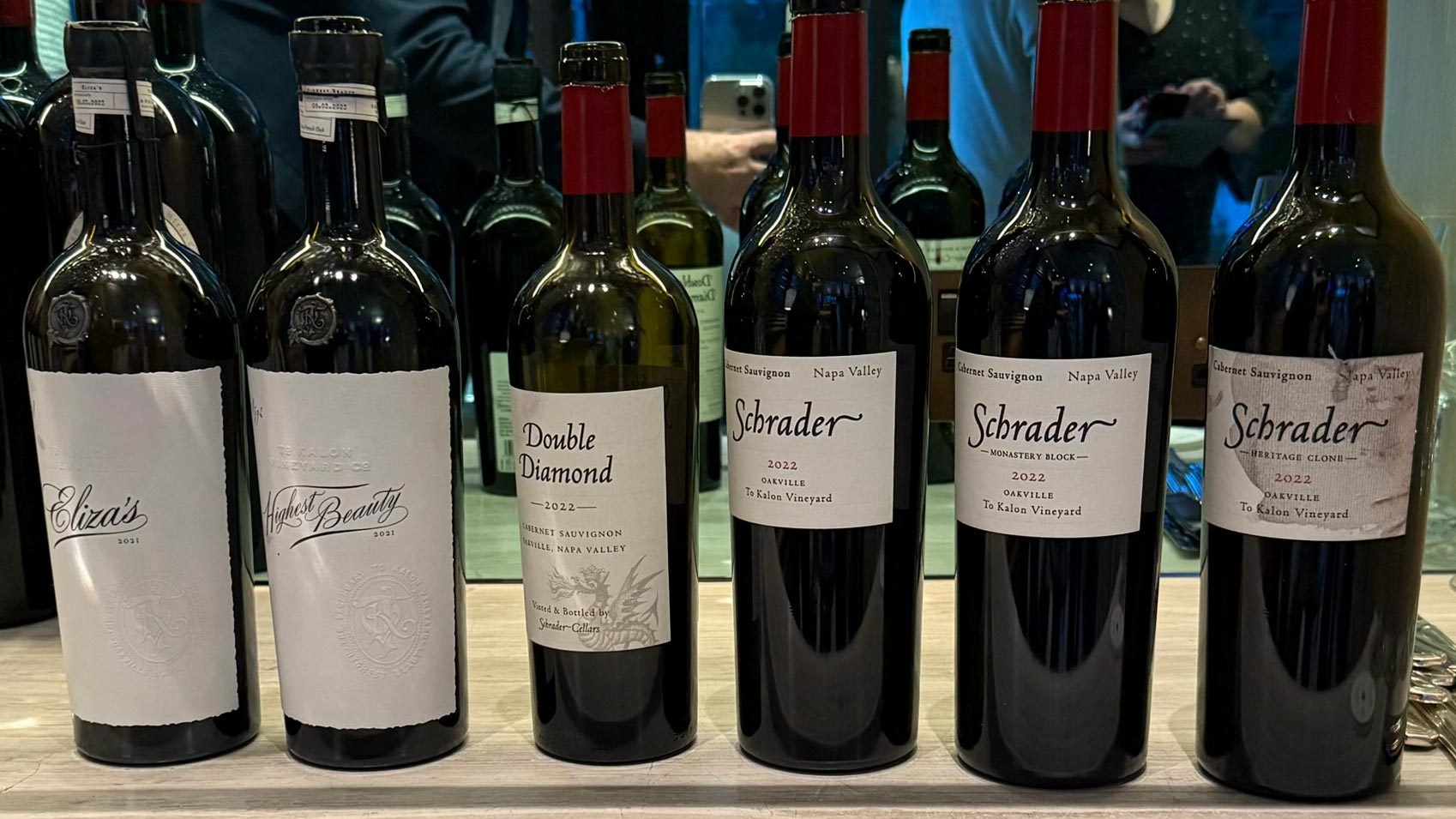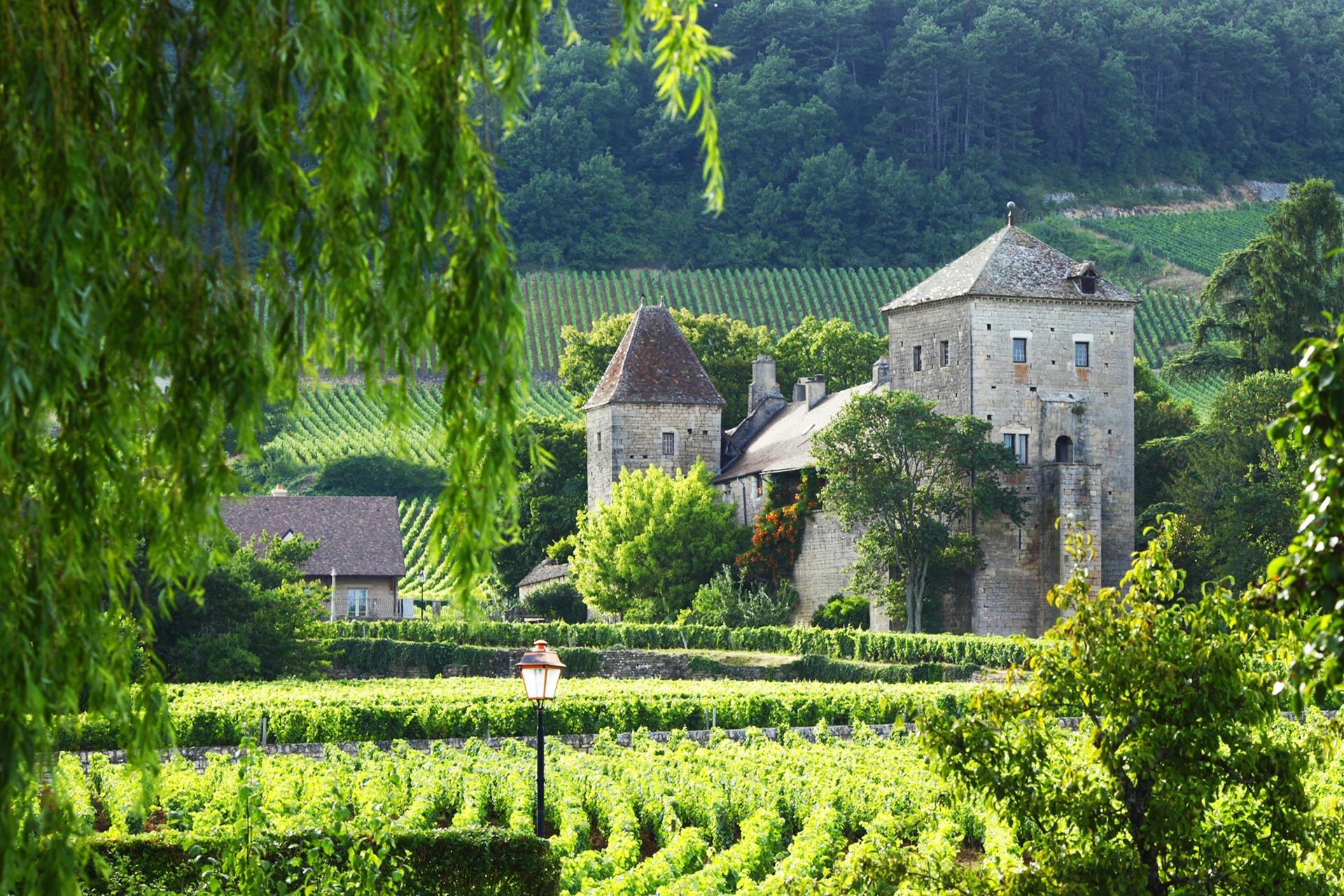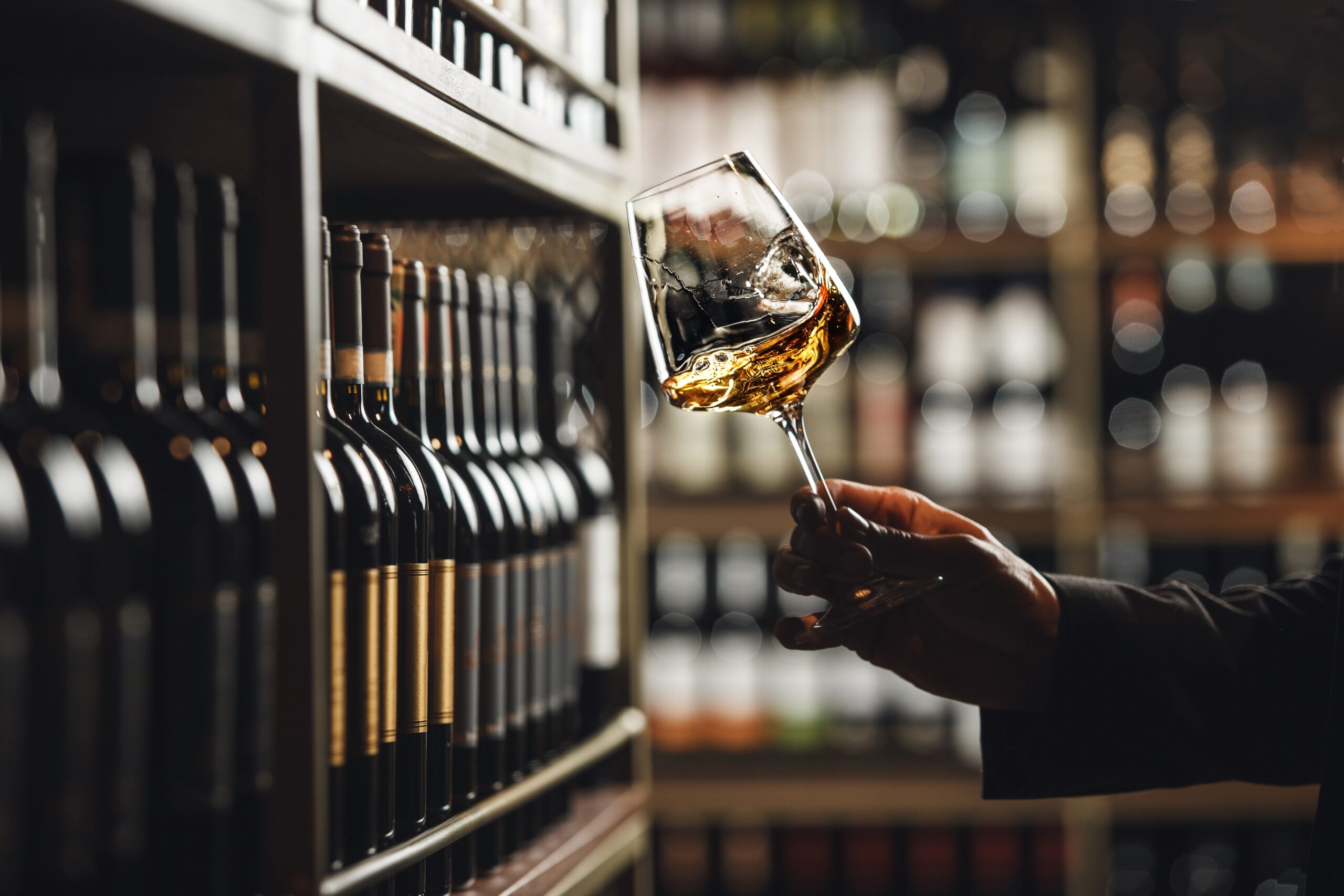Imagine sipping a glass of wine and thinking, “Is that a hint of blackberry? Maybe a whiff of wet stone?” Now, imagine your brain orchestrating a sensory symphony while the soil, climate, and local microbes all conspire to create those notes. Welcome to the delicious collision of flavour perception and terroir.
Let’s get something straight: flavour isn’t just taste. It’s a full-blown team effort between your tongue, nose, nerves, eyes, and even memories. While taste gives us the basics (sweet, sour, salty, bitter, umami), aroma adds the nuance (think ripe fruit, spices, earth). Add a dash of chemesthesis—that’s the burn from chilli or the cool from mint—and your brain mixes the lot into something magical.
Meanwhile, back in the vineyard, terroir is playing puppet master. This posh French word covers everything from soil type and slope angle to sunlight, rainfall, microbes, and even the farmer’s choice of grape clone. These elements shape how a vine grows and, more importantly, what ends up in your glass.
The Taste Bud Breakdown
Your tongue is a chemical detective. Sugars hit the sweet spot. Acids make your mouth pucker. Sodium says salty. Bitter compounds? Probably toxic—avoid. And umami? That’s your inner caveman shouting, “Protein! Eat more!”
But here’s where it gets geeky-fascinating. That sweetness? Detected by a protein duo called T1R2 and T1R3. Bitterness? Thanks to 25+ types of receptors built like poison alarms. Your tongue is no fool—it’s been trained by evolution.
The Nose Knows Best
Truth is, 80% of flavour comes from smell. Yes, that much. And not just the sniffy-sniffy kind. Retronasal olfaction (smells that waft from your mouth up to your nose while chewing) is the unsung hero. That raspberry note in your Pinot? Blame your brain’s memory bank and a bunch of volatile compounds dancing their way to your olfactory bulb.
That Tingling Feeling
Let’s talk chemesthesis—because why not use a five-syllable word to describe something as fun as fizz, burn, and tingle? The fizzy tickle of Champagne, the heat of a jalapeño, the dry grip of a bold Nebbiolo—they all add texture and excitement. These sensations come via your trigeminal nerve, and they’re key players in the wine game.
The Flavour Orchestra
Your brain is a clever conductor. It combines signals from your taste buds, nose, trigeminal nerves, eyes (that deep ruby red hue), and even your ears (crack open a bottle of bubbly—tell me that doesn’t set a tone). Then it filters all that through memories, emotions, and cultural expectations. Ever noticed wine tastes better on holiday? Now you know why.
Enter Terroir: Earth’s Signature
Terroir isn’t just about where the grape grows—it’s how the entire environment imprints its signature on the fruit. We’re talking climate (sunshine vs. drizzle), soil (chalky, volcanic, clay), topography (hills or flats), and even the yeast on the grape skin.
Think of Burgundy, where a few feet between plots makes all the difference. Or Napa, where valley-floor Cab tastes lush and plush, while mountain-grown fruit brings the muscle. It’s not wine snobbery—it’s environmental chemistry.
And yes, microbes matter. Soil bacteria and fungi affect vine health. Wild yeasts kick off fermentation. The caves that age Roquefort cheese? Teeming with flavour-shaping life. Terroir isn’t just about rocks and rain; it’s alive.
Taste Meets Terrain
Want proof? Science has it. Water-stressed vines yield smaller grapes bursting with flavour. Higher-altitude coffee beans? Brighter acidity and deeper complexity. Roquefort’s signature funk? Microbial magic.
Even with all this complexity, humans are central. Viticultural choices, fermentation decisions, and ageing techniques all influence terroir’s expression. It’s a tango between nature and nurture.
Final Sip
Understanding flavour and terroir doesn’t just make you sound smart at a dinner party—it deepens your love for wine, cheese, coffee, and food in general. Next time you savour a glass, think of it as a story. The plot? A brainy blend of biology, geography, chemistry, and culture.
So, cheers to taste, terroir, and the thrill of the sip. Drink curiously.



